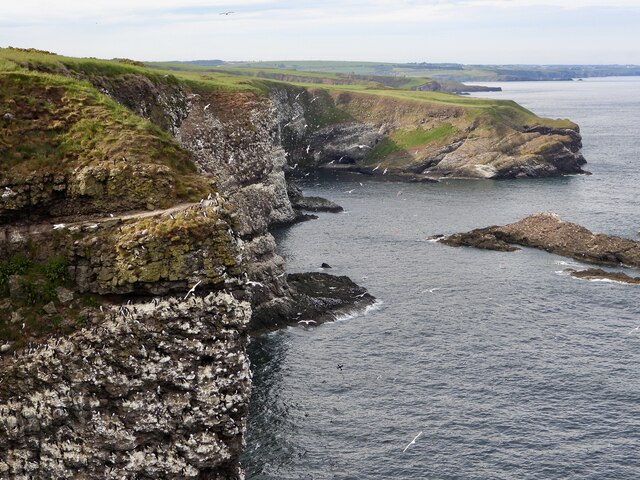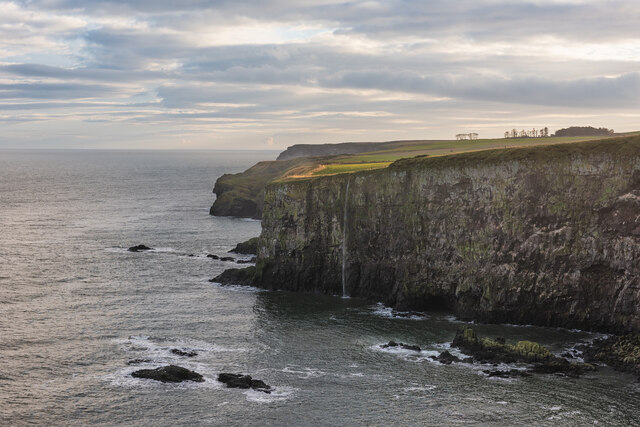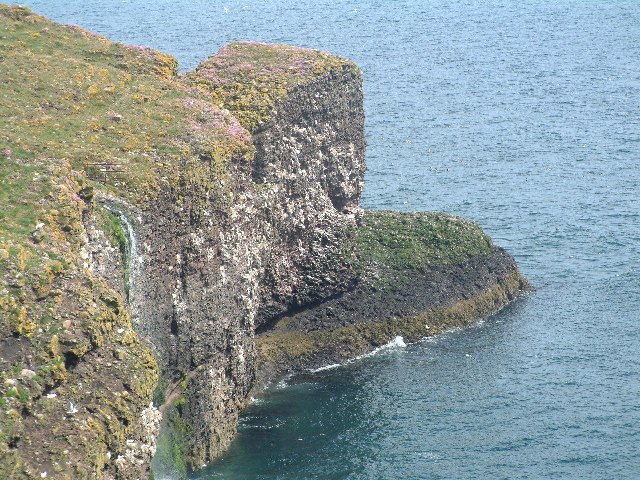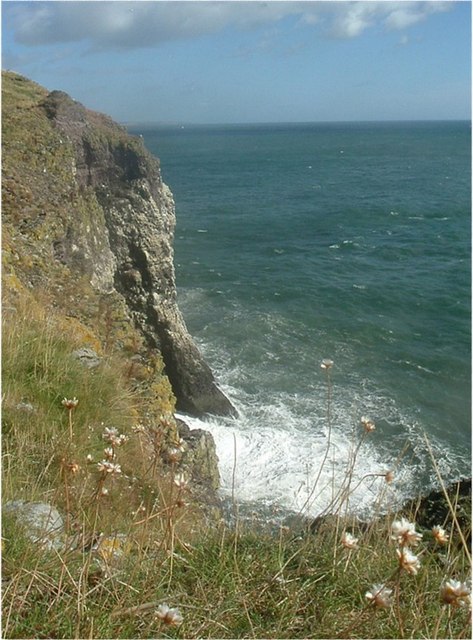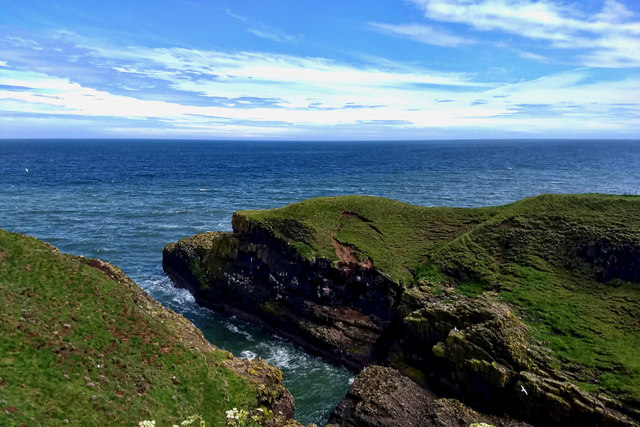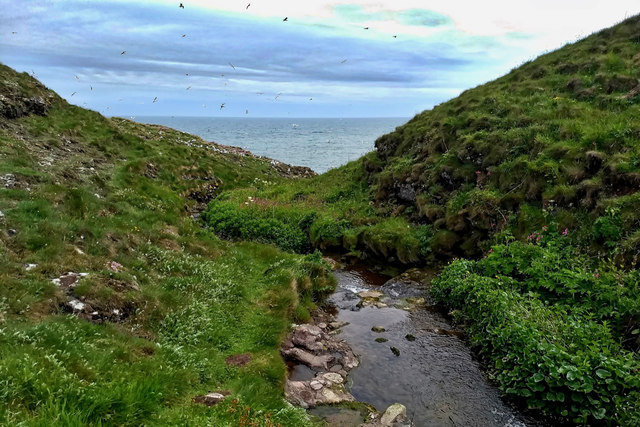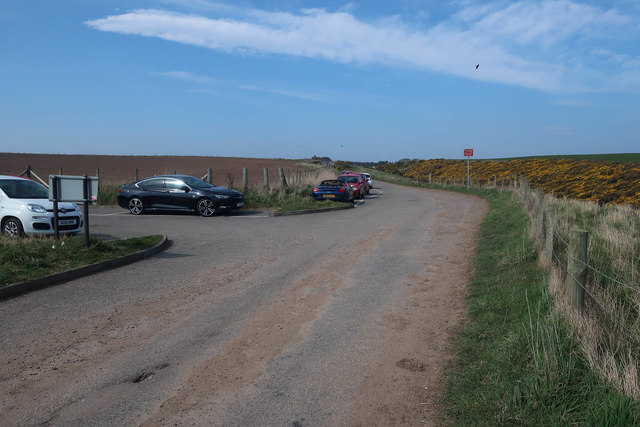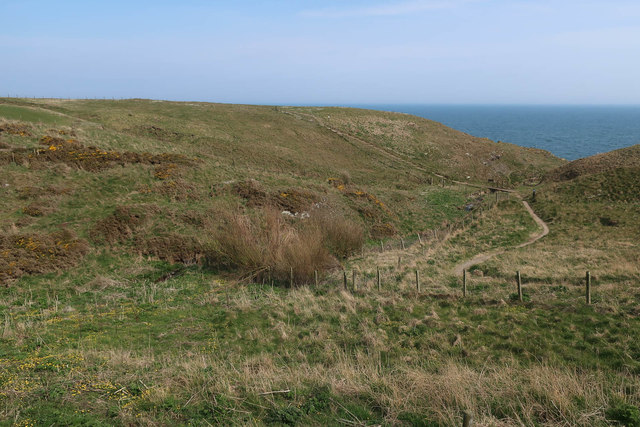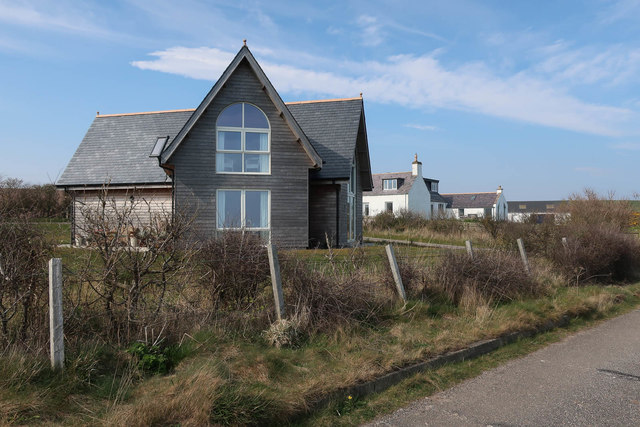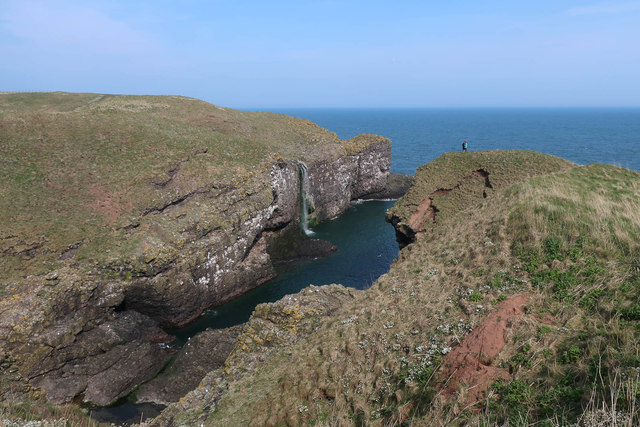Trelung Ness
Coastal Feature, Headland, Point in Kincardineshire
Scotland
Trelung Ness
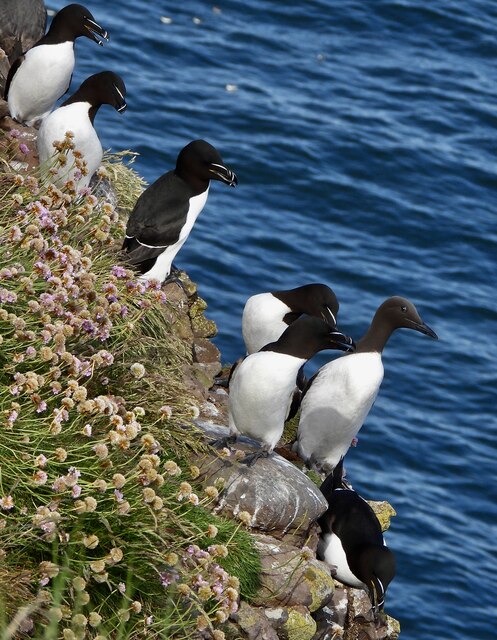
Trelung Ness is a prominent headland located in Kincardineshire, Scotland. Situated on the northeastern coast of the country, it stretches out into the North Sea, offering stunning views and natural beauty to visitors and locals alike.
The headland is characterized by rugged cliffs that rise sharply from the sea, reaching heights of up to 30 meters (98 feet). These cliffs are composed of sandstone and shale, showcasing a variety of colors ranging from dark gray to reddish-brown. Over time, the powerful forces of erosion have sculpted the cliffs, creating fascinating features such as sea caves and arches.
Trelung Ness is also home to a diverse range of wildlife. The surrounding waters are rich in marine life, making it an ideal spot for birdwatching and seal spotting. Visitors may be lucky enough to catch a glimpse of seabirds such as gannets, puffins, and guillemots, as well as seals basking on the rocky shores.
Aside from its natural beauty, Trelung Ness holds historical significance. The headland is home to the ruins of Dunnottar Castle, a medieval fortress perched on a cliff edge. This iconic landmark has witnessed numerous historical events and played a significant role in Scottish history.
Trelung Ness is a popular destination for outdoor enthusiasts, offering stunning coastal walks and opportunities for rock climbing. Its dramatic cliffs, picturesque landscapes, and rich history make it a must-visit location for anyone exploring the Kincardineshire coastline.
If you have any feedback on the listing, please let us know in the comments section below.
Trelung Ness Images
Images are sourced within 2km of 56.92497/-2.1982997 or Grid Reference NO8881. Thanks to Geograph Open Source API. All images are credited.
![Crawton from Fowlsheugh "As late as 1860, even after the loss of men in earlier press-gang raids, Crawton was a prosperous fishing village with a fleet of 20 boats. At the turn of the century (1900) there were still 6 yawls and 3 drifters employing 30 fishermen." [NGMarr in The Deeside Field Ser.3 No.2 P.99]. By 1927 the fishing industry here was dead, and the village completely evacuated. The environs remain however a paradise for birdwatchers, botanists and geologists.](https://s2.geograph.org.uk/photos/25/81/258170_888f81a6.jpg)

Trelung Ness is located at Grid Ref: NO8881 (Lat: 56.92497, Lng: -2.1982997)
Unitary Authority: Aberdeenshire
Police Authority: North East
What 3 Words
///risking.richest.spreading. Near Stonehaven, Aberdeenshire
Nearby Locations
Related Wikis
Craiglethy
Craiglethy (Scottish Gaelic: Creag Liathach - meaning grey rock) is a small island/skerry off Fowlsheugh on the east coast of Aberdeenshire, Scotland in...
Thornyhive Bay
Thornyhive Bay is an embayment along the North Sea coast in Aberdeenshire, Scotland. This bay is situated approximately 2.5 miles south of the town of...
Fowlsheugh
Fowlsheugh is a coastal nature reserve in Kincardineshire, northeast Scotland, known for its 70-metre-high (230 ft) cliff formations and habitat supporting...
Crawton
Crawton is a former fishing community on the southeast Aberdeenshire coast in Scotland, deserted since 1927. Approximately three miles (5 km) south of...
Nearby Amenities
Located within 500m of 56.92497,-2.1982997Have you been to Trelung Ness?
Leave your review of Trelung Ness below (or comments, questions and feedback).
